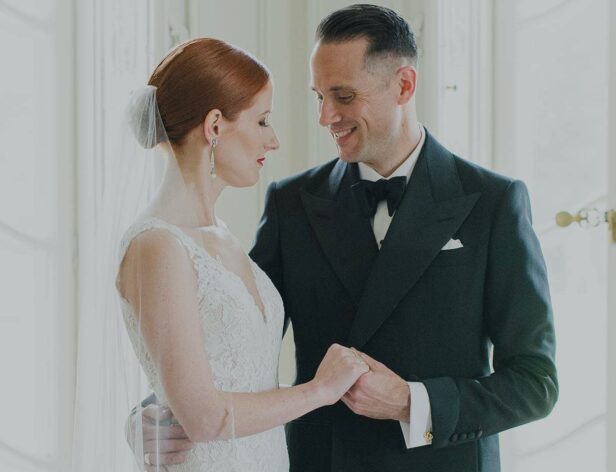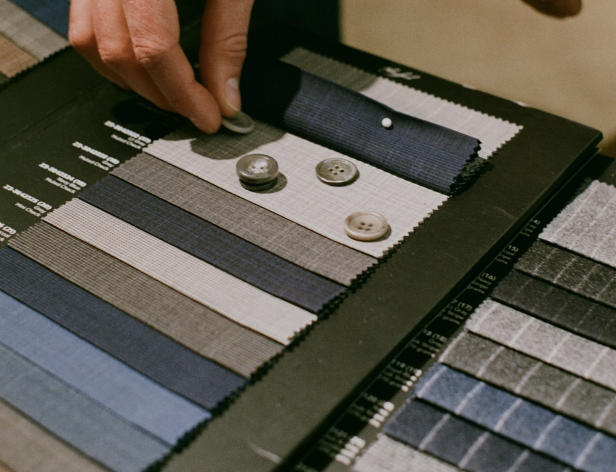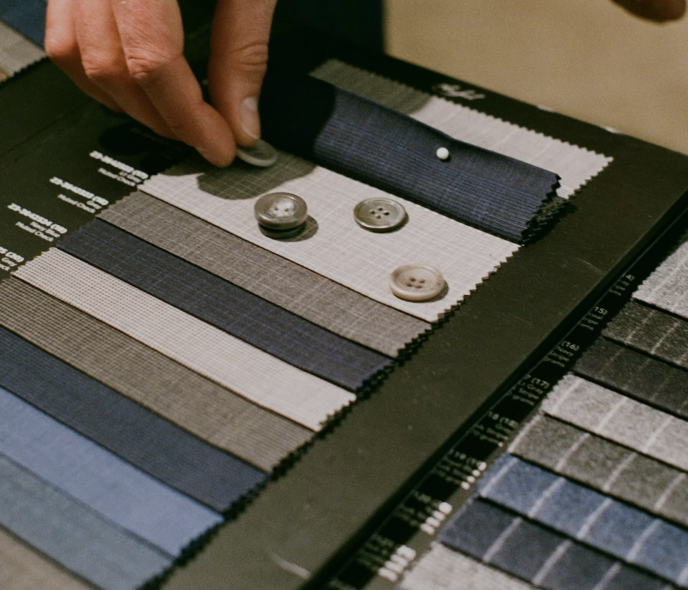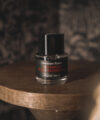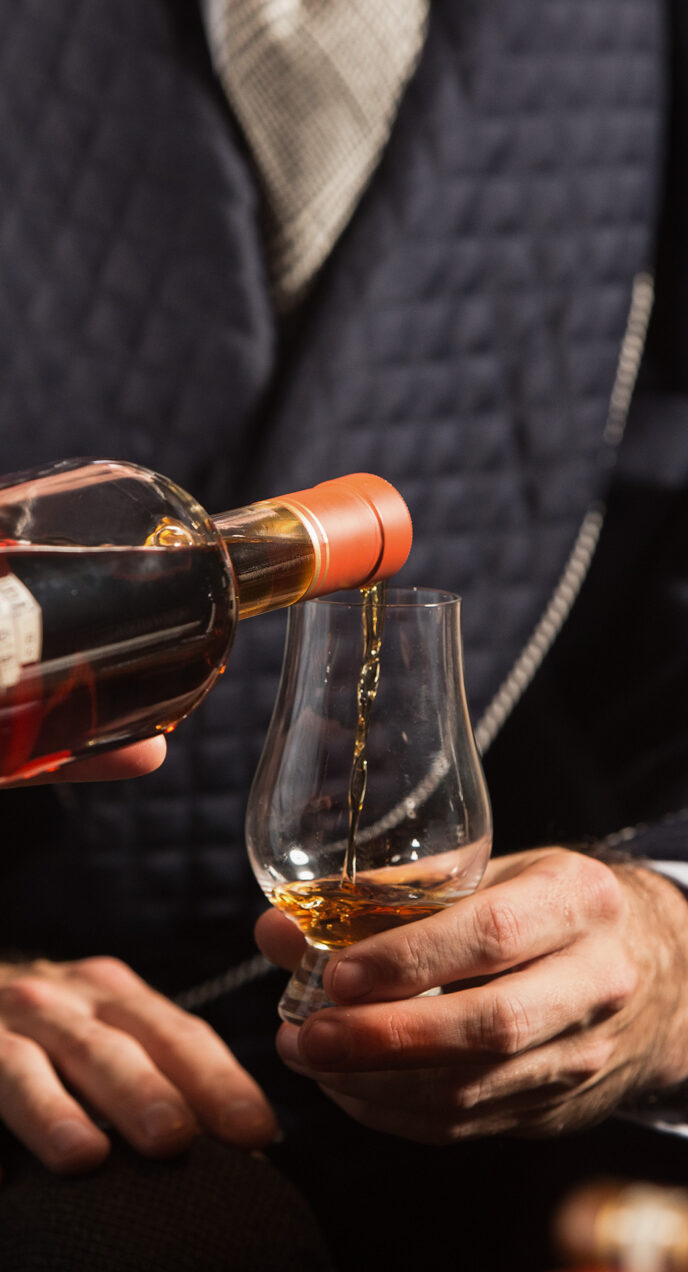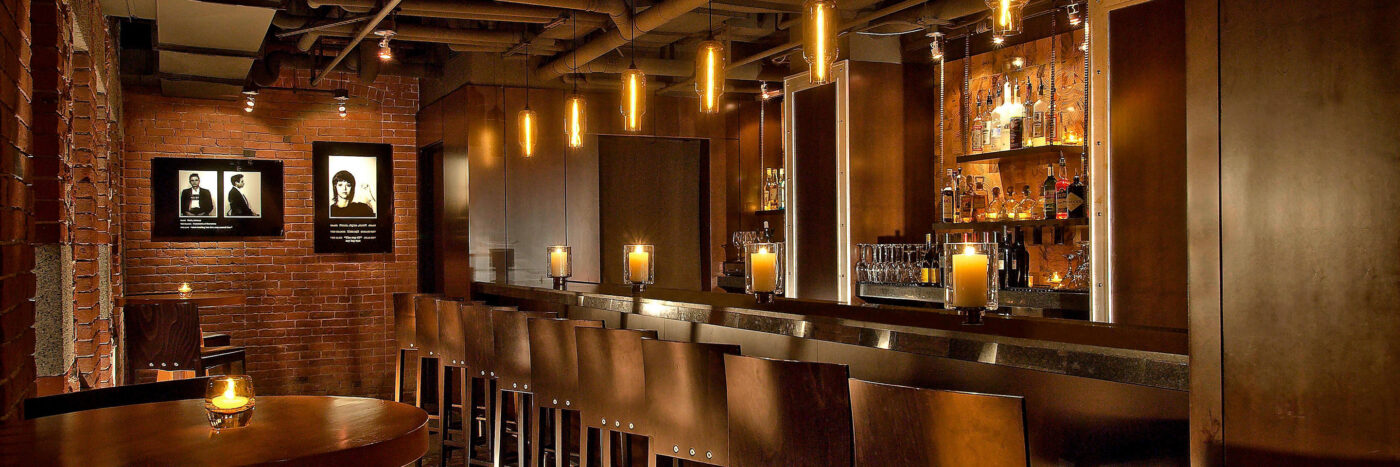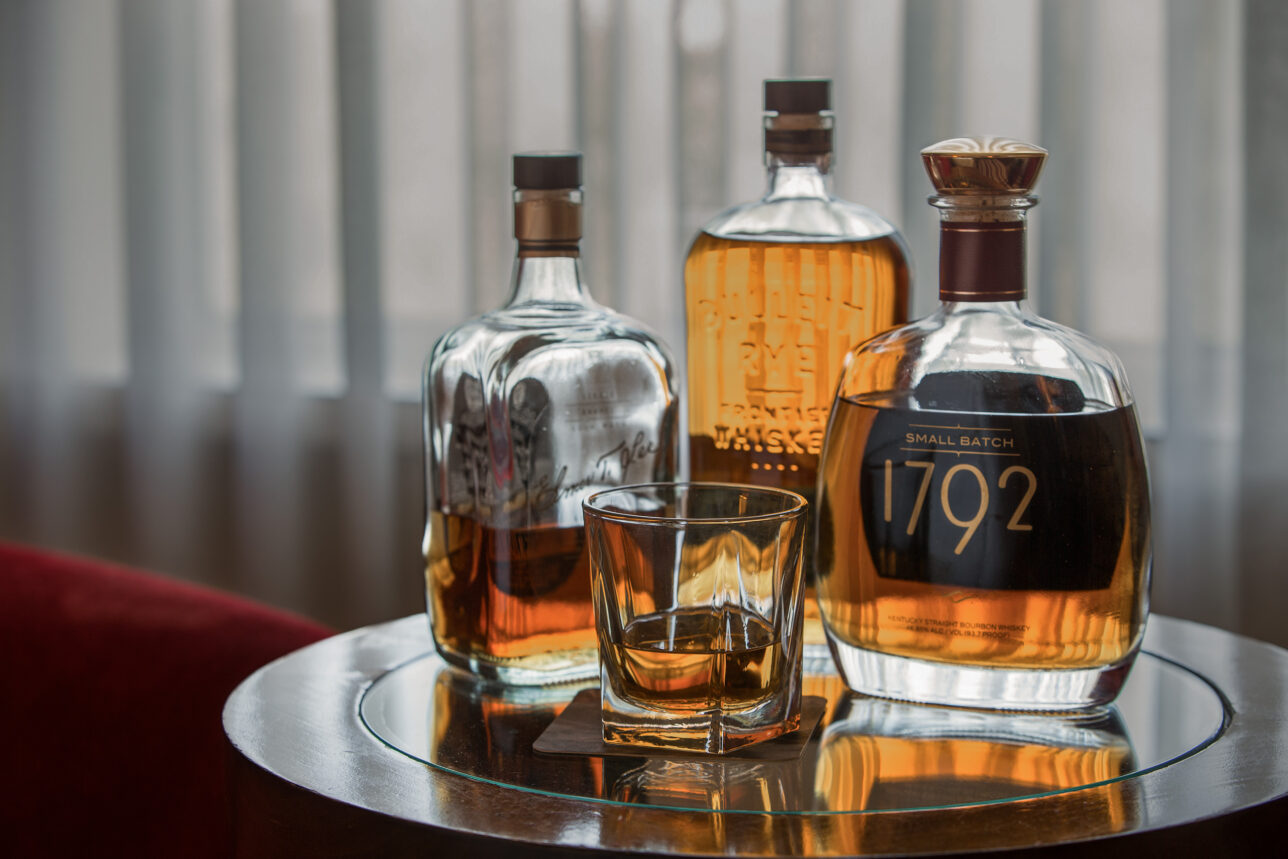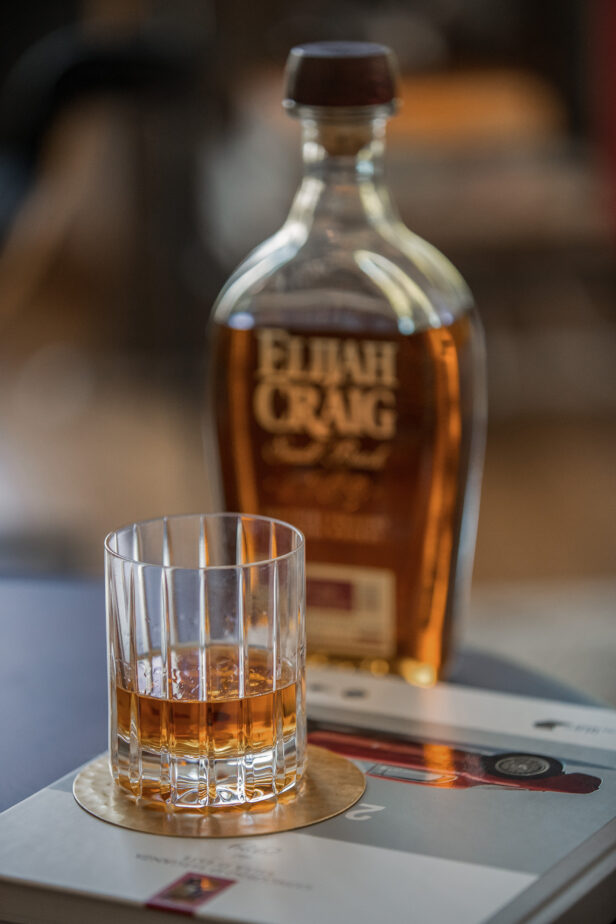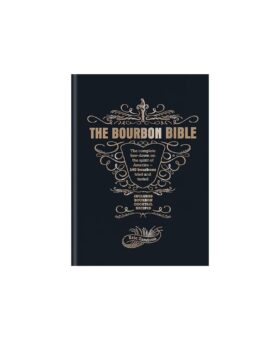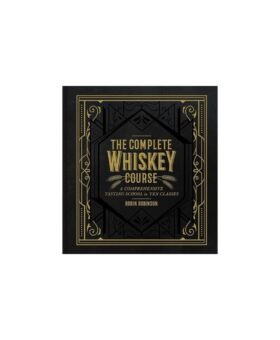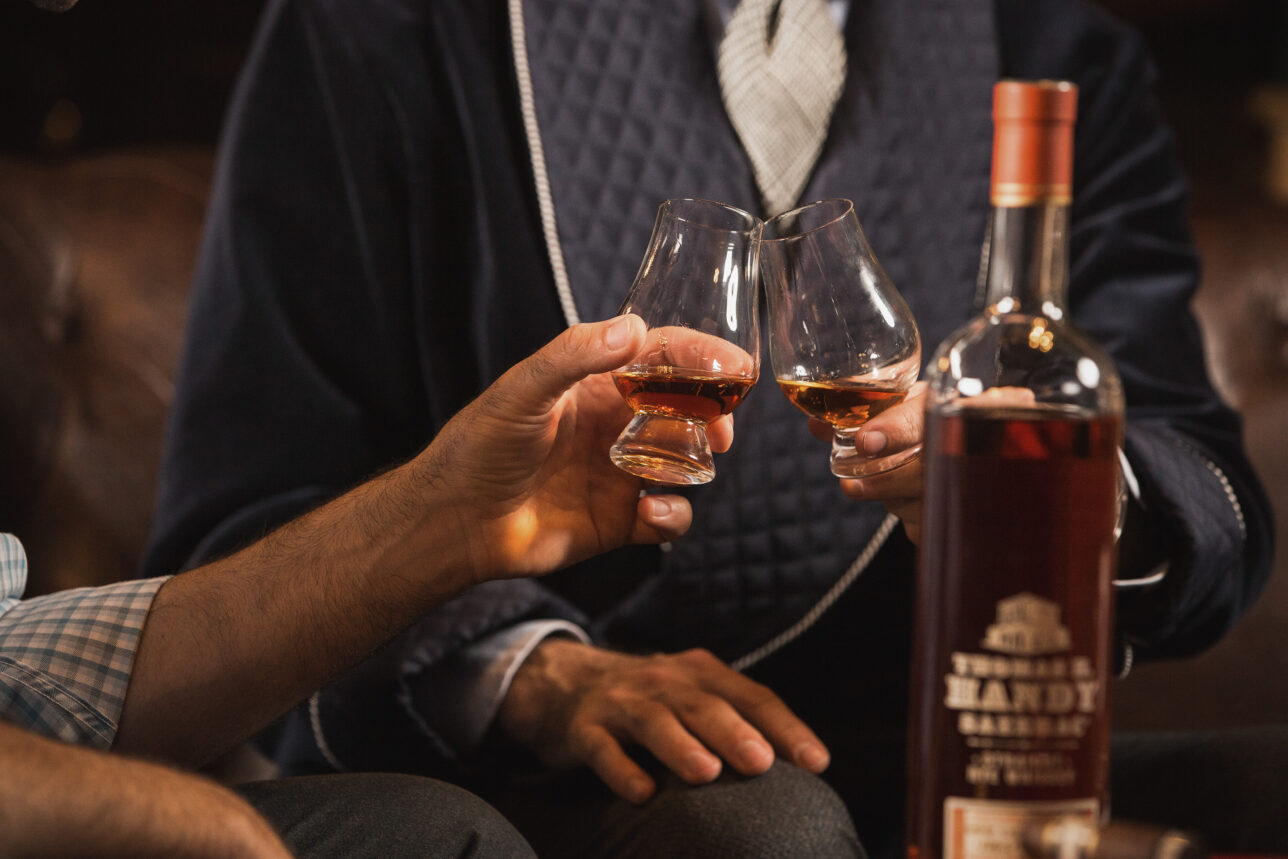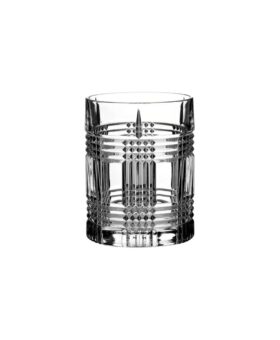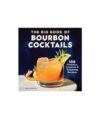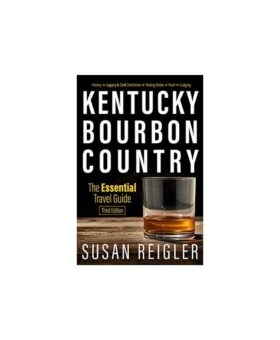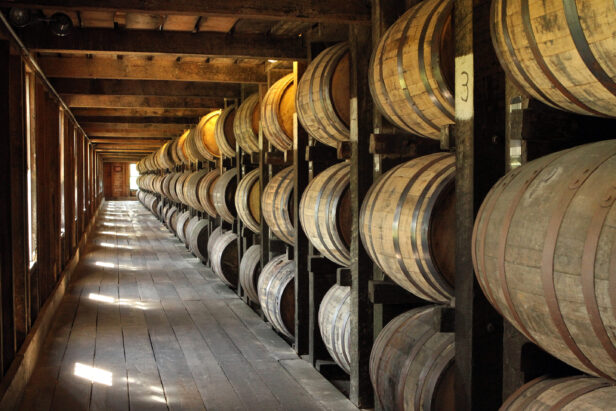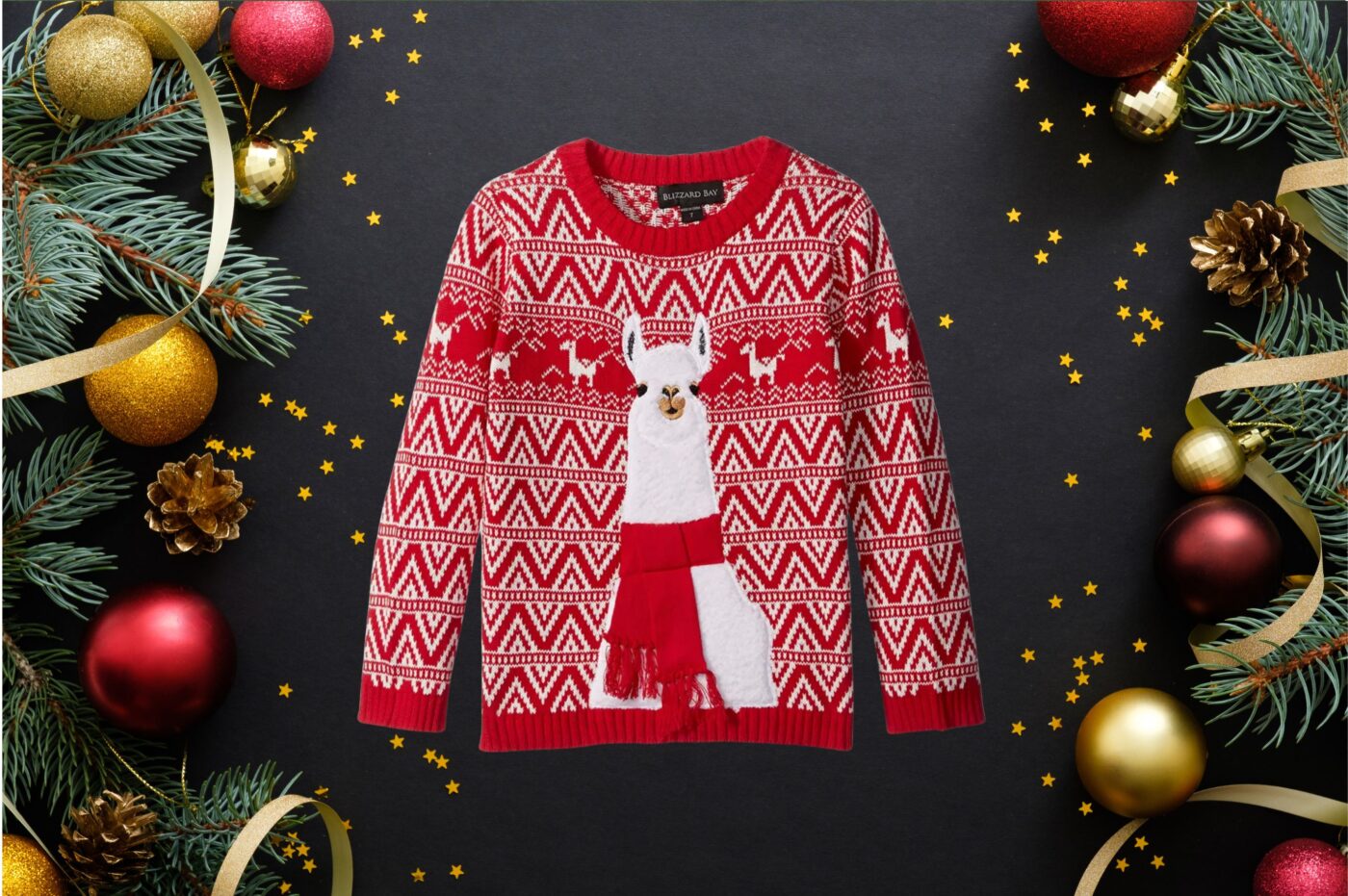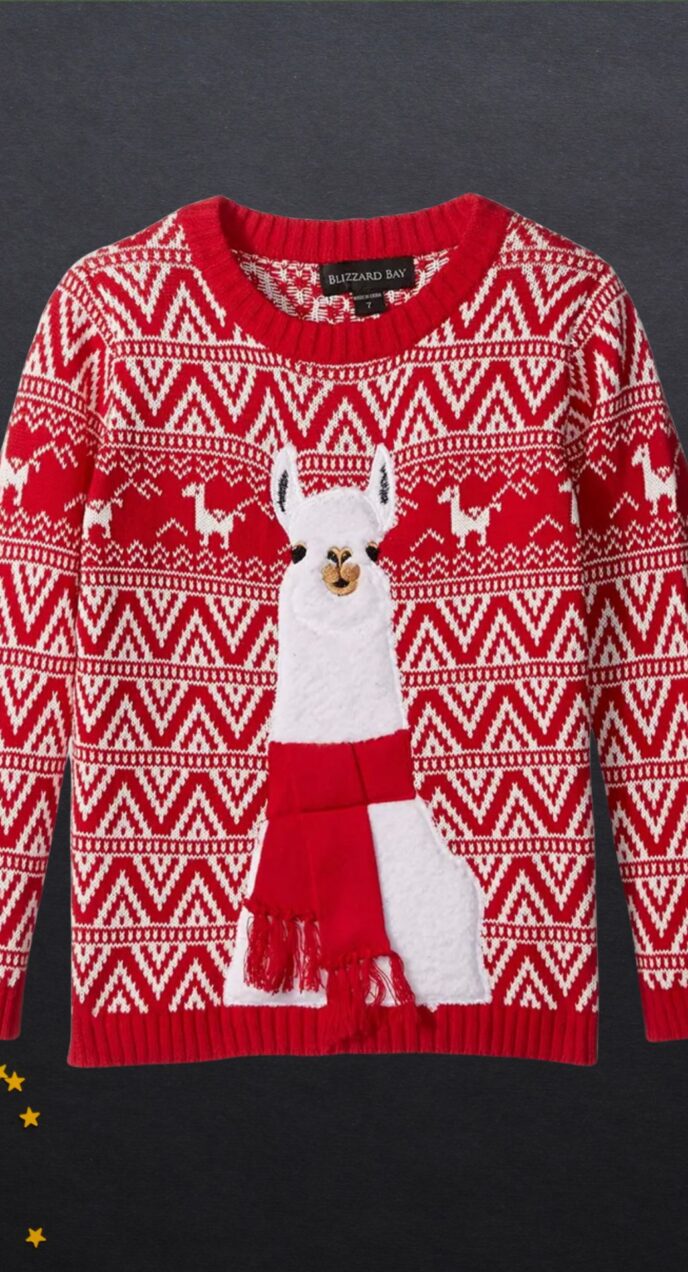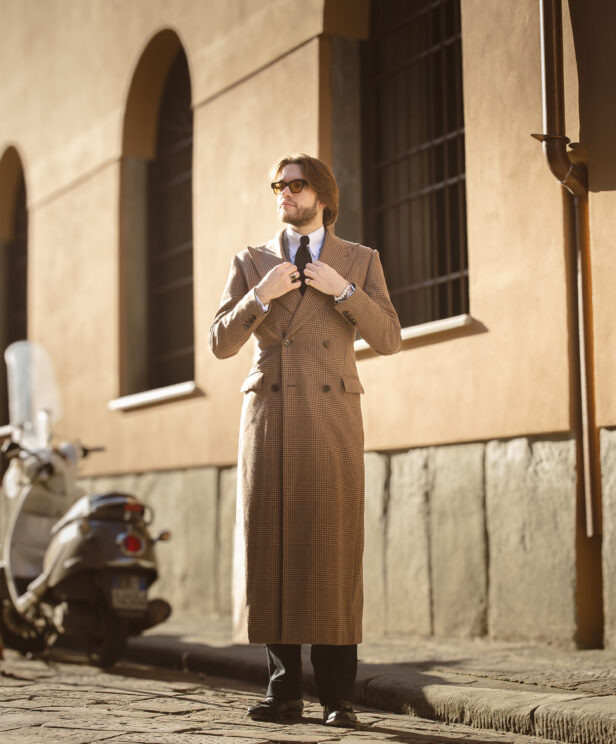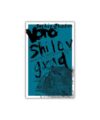Share
And How To Truly Enjoy It
It was a Friendsgiving fifteen years ago. A buddy of mine was drinking “bourbon” and I remember asking him what the difference between bourbon and whisky was. All this time later – and after spending the past twelve of those years in the whiskey industry – that question brings a smile to my face.
Regardless of your familiarity with bourbon (whether you’re a novice, a connoisseur, or somewhere in between), I’m hoping that this article – which at turns will be factual, anecdotal, serious, and silly – opens your eyes in some way to this American spirit like no other (more on that later). But before I delve into the many facets of what I would argue is the most-intriguing category of whiskey, let me first explain how I fell in love with bourbon.
How I Fell In Love With Bourbon
Some moments you never forget and, for me, one of those is the night I fell in love with bourbon. (Not to be confused with the night I met bourbon. Although equally memorable, this is a publication for gentlemen, so let’s just say that evening was some years earlier and overshadowed by the vices of youthful ignorance.)
On this unremarkable winter night in 2010, the wind blew through the streets of Boston like water through a sieve. You could feel the cold in your bones and no matter how many layers you wore, you couldn’t wait to get where you were going. For my group of twenty-something millennials, that was the newly-opened, impeccably-swanky (especially for our recently graduated crew on a budget), warmly-beckoning Liberty Hotel and, more specifically, the hotel’s speakeasy-esque bar, Alibi.
Nights this cold and bars this cool are bound to create magic and that’s nothing short of what happened.
We were meeting friends for a going away party and the group was cozily tucked away from any risk of draft at Alibi’s dreamy and dimly lit back bar. We can all picture it – the bartenders expertly and effortlessly crafting cocktails we know will be nothing short of delicious. All while our joyful, fashionable, and attractive friends smile and laugh without a care in the world (as only the young can).
As I made my introductions and went to hug the guest of honor, her drink – this amber- hued elixir gently condensating the delicate cocktail glass it was in – crossed my nose and my world stopped. At once, the drink brought memories flooding to the front of my mind (remember, this is not the night I met bourbon) as well as feelings more ambiguous and yet startlingly intense: conviction, empathy, power, purpose, excitement. Magic.
It turned out to be a Maker’s Mark Manhattan. And it was love at first sight (or, rather, first smell). Of course, I had to order one myself.
After a time (good things can’t be rushed), I was served my own: there was the alluring smell again – equal parts past and promise, elegance and excitement. And then I had my first sip.
It was like I was Picasso painting a Miles Davis solo – an out-of-body, dream-like experience and yet wholly real, all occurring through my senses. The enticing nose of the cocktail gave way into a symphony of taste and texture – velvety caramels and vanillas with whispers of oak – enveloped in a warming finish that lingered long after my first sip.
This was an outstanding Manhattan. But, as I would come to learn in the weeks that followed, the true star of this show was the bourbon, a Kentucky-made masterpiece. Ever since that night in Boston, bourbon has been a go-to spirit of mine – tantalizingly straddling the juxtaposition of tradition and innovation, comfort and sophistication, expressing an aura of equal parts freedom and control that’s at once made-in-America and yet worldly all the same.
Bourbon vs. Whiskey – Wait, How Are They Different?
Bourbon vs. whiskey – it’s a good question, and I’m glad you asked. (Someone did, right?) Whiskey is the general term for any distilled spirit that’s made from grain and then aged in a wooden barrel and there are five main whiskey-making regions around the world: American whiskey (which includes bourbon), scotch (from Scotland), Irish whiskey, Japanese whisky, and Canadian whisky. (Yes, I spelled whisk(e)y two different ways, but there’s a reason for that which I won’t delve into as I’d like to maintain your attention.)
Among all these regions, bourbon arguably has the most stringent production standards. First, the mashbill (the recipe of grains used in distillation), must be made of 50% or more corn, which is the grain that provides bourbon its subtle sweetness. Compare this to rye (the other big American whiskey category) and it has a similar rule: a rye mashbill must be made of…can you guess?….50% or more rye! (Thankfully, bourbon is a special name fitting for this beautiful spirit – even if it is derived from French – and isn’t called “corn whiskey”, a designation saved for the lower shelf).
In addition to using 50% or more corn in the mashbill, bourbon must be aged in charred new oak. Unlike its older cousin from across the pond, Scotch – which reuses barrels time and again – every single drop of bourbon must be aged in a brand-new barrel (talk about a business with a prohibitively high-level of investment). Oddly, it doesn’t matter how long you age it in this brand-new barrel, just that the barrel cannot have been used to age anything before. (Don’t worry, these only-used-once barrels don’t go to waste. Those lads from Scotland across the pond pay top dollar for America’s spent bourbon barrels.)
But even that stipulation isn’t the most stringent – or most identifiable – requirement for bourbon.
That would be what’s also the spirit’s biggest misconception: where it can be made. Some people think it must be made in a specific region (like champagne or cognac) or come from a particular county while others believe it just needs to be made in the state of Kentucky. None are correct.
In fact, bourbon can be made anywhere in the United States (yes, that includes Hawaii and Alaska) thanks to Lyndon B. Johnson and an Act of Congress in 1964 declaring bourbon America’s native spirit. With this law, bourbon was given the same protections afforded other whiskies of the world that are domestically protected (i.e., you can’t make scotch in South America). That said, while bourbon can be made anywhere in the U.S., the saying goes that 95% of the best bourbon is made in Kentucky, and I can’t argue with that.
While there’s no stipulation on how long the spirit must be aged to be called a bourbon, the maturation time in the barrel is one of the most important aspects in the entire bourbon-making process. The interaction of the “white dog” (the name for the entirely colorless spirit, like a vodka or a gin, when it comes off the still) with the new, charred oak barrel give the final spirit a significant portion of its flavor and 100% of that striking, amber-hue color that dances so beautifully in the glass. So the more time the spirit has time to mature in the barrel, during which the bourbon is slowly absorbed into the wood as the barrel swells during the heat of summer and then is just as slowly released back into the barrel as it contracts during winter – the more flavor and color development the bourbon will generally offer.
(Another difference with some other whisky making regions is that bourbon cannot contain any color additives, so all the color you see in a bourbon is 100% all-natural, unlike, say, scotch, which can add caramel color as long as it doesn’t change the flavor or odor of the spirit.)
How to Find Your Go-To Bourbon
Since the bourbon renaissance ,which began in the aughts on the heels of millennial adoration for all things with character and depth, the bourbon category has exploded with an immense proliferation of brands, releases, and choices for bourbon consumers to navigate. Craft versus big brand. Wheated versus high rye. Eighty-proof versus barrel strength. These options can be overwhelming (and feel endless), but it really isn’t too hard to find your go-to bourbon if you know where to start.
For anyone dipping their toe into the category for the first time, I recommend starting with the flagship expressions from the big distillers like Maker’s Mark, Buffalo Trace, and Wild Turkey. First, these are going to be the most accessible from a taste, price, and findability standpoint. Second, these flagship expressions will help you anchor yourself to what your taste palate prefers. If you end up liking Maker’s Mark best, that’s a sign you probably prefer wheated bourbon (which are bourbons that use wheat in the mashbill, sometimes entirely in place of traditionally used rye). If you like Knob Creek best (which is bottled at 100 proof), you might find higher-proof, cask-strength bourbon most appealing. And if you prefer Wild Turkey 101, you likely will lean toward other high-rye bourbons (as well as potentially high-proof options, too).
Lastly (and most importantly), these flagship expressions didn’t become huge successes by chance – their size and scale reflect the many consumers who find the distillery’s product enjoyable as well as the years and decades (and in some cases, centuries) during which the distilleries have been perfecting their recipes. While craft distilleries are fun and get a lot of attention because they’re niche and generally local, it’s hard for them to compete on flavor with the major distilleries. This is because many of the craft distilleries have only been open a handful of years -which is pretty important when a significant element of bourbon is how long it’s been maturing.
How To Truly Taste Bourbon
As you taste through the category’s flagship expressions, I recommend doing this with a neat pour – no water and certainly not within a cocktail – to allow you to fully appreciate the nuances of these different bourbons. The way I learned to taste bourbon was to first start with a small sip to get your palette acclimated to the alcohol (even the most seasoned connoisseurs do this as your taste buds aren’t primed to appreciate that first sip).
Once primed, I nose the whisky with my mouth slightly open which is important to avoid the alcohol in the whiskey burning the inside of your nose and thus preventing you from appreciating the top notes of the spirit. Finally, I take a healthy sip – and let it sit in my mouth, sometimes doing what’s called the “Kentucky chew” – where you move the bourbon around your mouth as if chewing a piece of food. This allows you to slightly warm the bourbon and let all the flavor notes unfold on your palette. Finally, when you swallow, be conscious of how the expression finishes. Is it quick and fleeting like a dreaded visit to your in-laws or long and lingering like a good hug.
Once you’ve anchored yourself with your bourbon preferences from the big guys, you can then start to narrow your exploration down to the smaller players and rarer releases that feel like an adult version of a “treasure hunt”. For example, once you know you’re a fan of wheated bourbons, you can start to look out for wheated releases that are a bit harder to come by like Old Fitzgerald Bottled in Bond or the higher-aged Maker’s Mark Cellar Aged that was recently released.
How To Enjoy Your Bourbon
There are countless sources happy to provide you all sorts of rules and direction for the “appropriate” way to enjoy your bourbon, but I’ve always subscribed to the “enjoy it any way you damn please” school of thought. Yes, there are certain “rules of thumb” that I can get behind. (For example, if you’re spending $40+ on a bottle, it might not be a great idea to mix it with soda. Or if you’re having bourbon on rocks, try to go for a singular, crystal-clear cube instead of a handful of cloudy freezer ice.)
But honestly, there are enough limitations and rules in life already that I don’t think they need to be applied to enjoying your bourbon. The key here is the word “enjoy”; bourbon isn’t something you should drink mindlessly without appreciation. As long as the way you choose to have your bourbon brings you joy, then you’re doing it right in my book.
So, how do I enjoy my bourbon? Three main ways:
First – like I’m doing tonight as I write this piece – I enjoy it neat (especially for the single barrel, high proof variety that I chose in this instance) in a heavy-bottomed Glen plaid rocks glass. (Have you seen Yellowstone? If you can picture Dutton’s rocks glasses, those are the ones.)
Second, when my focus is more on conversation and socializing than the taste notes and finish of my bourbon, I go for a pour on the rocks – er, rock – per my comment above about a big, crystal- clear cube.
Third – and probably most frequently – in cocktails of course! Working within the spirits industry has given me an awe of today’s bartenders whose mastery of flavor and creativity rivals some of the best chefs in the kitchen. Bourbon is an incredibly versatile spirit when it comes to cocktails – strong enough to standout and yet complimentary enough to “play nice” with other ingredients.
While experimenting with bourbon cocktails is always fun, I find you can’t go wrong with a perfectly balanced Old Fashioned or a very-chilled and very-stiff Manhattan. I’ve tinkered with each of these cocktails countless times (the pandemic helped) and enough so that I now have a “house-style” for each (which, for those who are curious, use Maker’s Mark and some extra dashes of Angostura bitters).
That said, during the dog days of summer – when the normally-welcoming warmth you get from one of the classic bourbon cocktails is as off-putting as sitting down on your black leather car seats that have been baking in the sun – I turn toward a more refreshing bourbon cocktail like the modern classic Paper Plane that’s as refreshing as it is effective at winning over people “who don’t like bourbon.”
You can’t truly appreciate bourbon until you visit Kentucky
Although bourbon can be made anywhere in the United States, you truly can’t appreciate the depth of the spirit without visiting its homeland, the state of Kentucky, where being a bourbon fan teeters on the spiritual. There are more barrels of bourbon aging in Kentucky than there are people living in the state and this dedication to bourbon is a culture and a religion unto itself.
As great as it is to enjoy an incredible bourbon, the only thing better is to taste it at the source: the distillery where it was made. While, scientifically, the taste doesn’t change, emotionally, your experience will without a doubt be more immersive and transcendent. Seeing the rackhouses dotting the fields of the rolling hills or the steam incessantly releasing from the tall stills makes the bourbon in your glass – and on your tongue – reach hallowed ground.
There are so many great distilleries to visit in Kentucky, like Buffalo Trace, where the gritty- brick distillery buildings abut the Kentucky River. Or Maker’s Mark, can you tell I have a favorite, the most quintessential and picturesque distillery envisioned by co-founder Margie Samuels and inspired after a little Victorian village. Since the bourbon renaissance, even the Louisville and Lexington downtown areas boast some great options like Rabbit Hole and Bluegrass Distillers that are as impressive for the quality of their bourbons as they are for the modern architecture of their buildings.
And even at the end of the day, after you leave the idyllic distilleries and settle back into a great meal with your company in Louisville or Lexington (where I’ve found the food scenes punch above their weight), the bourbon pilgrimage continues. It’s only in these towns where I won’t make my usual switch from cocktails to wine when the food arrives at the table, but rather re- order Manhattans or the old-fashioneds throughout the meal like a true Kentuckian – and a true convert.
America’s Native Spirit
The phrase “America’s native spirit” – when looked at from a distance – can cover all manner of meanings and dimensions. America is a flawed, intense country that still has a lot to be proud of – especially if you know who to talk to and where to look. And in that way, bourbon is much the same; it’s the perfect spiritual (no pun intended) metaphor for a country that’s strong-willed, at times harsh and at others loving, but one that’s never to be overlooked or forgotten. Here’s to you – and to America’s native spirit.


